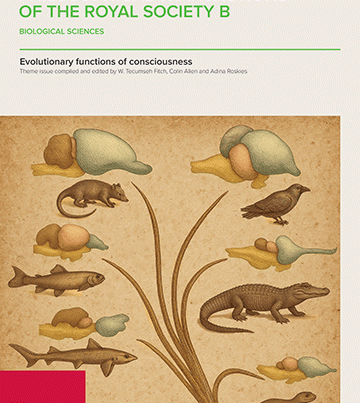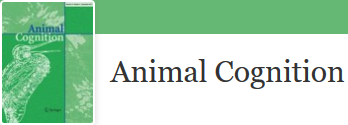Type de document : Article scientifique publié dans Animals
Auteurs : Iwona Janczarek, Anna Wiśniewska, Michael H. Chruszczewski, Ewelina Tkaczyk, Aleksandra Górecka-Bruzda
Résumé en français (traduction) : Comportement social des chevaux en réponse aux vocalisations des prédateurs
Nous avons testé l’hypothèse selon laquelle les réponses de défense sociale à la vocalisation d’un prédateur existent encore chez les chevaux. Les enregistrements d’un loup gris, d’un léopard d’Arabie et d’un chacal doré ont été diffusés à 20 juments Konik polski et arabes. Les durées de pâturage, d’immobilité, d’alerte et le nombre de pas au pas et au trot ont été mesurées. En une minute, les distances du cheval focal par rapport au cheval de référence (DIST-RH) et par rapport au haut-parleur le plus proche (DIST-LS) ont été approximées. La vocalisation d’un léopard a plus excité les Arabes que les Koniks (moins de broutage, d’arrêt et de marche, plus d’alerte et de trot / petit galop). Les Koniks ont montré des comportements plus détendus face à la vocalisation du léopard (plus de broutage, d’arrêt et de marche), mais une grande vigilance face au hurlement du loup (alerte, trot et petit galop). La formation spatiale du troupeau de Koniks a montré un regroupement serré (DIST-RH inférieur) et un maintien de la distance par rapport à la menace potentielle (DIST-LS) en réponse aux hurlements du loup, tandis que les Arabes s’approchaient des haut-parleurs en formation linéaire lorsque les grognements du léopard étaient diffusés. Les chevaux adultes ont réagi à la prédation potentielle en changeant la formation des groupes spatiaux. Cette capacité à appliquer une stratégie sociale peut être l’une des explications du plus petit nombre de chevaux parmi toutes les espèces d’animaux de ferme chassés.
Résumé en anglais (original) : We tested the hypothesis that social defensive responses to the vocalisation of a predator still exist in horses. The recordings of a grey wolf, an Arabian leopard and a golden jackal were played to 20 Konik polski and Arabian mares. Durations of grazing, standing still, standing alert and the number of steps in walk and trot/canter were measured. In one-minute scans, the distances of the focal horse from the reference horse (DIST-RH) and from the nearest loudspeaker (DIST-LS) were approximated. The vocalisation of a leopard aroused the Arabians more than the Koniks (less grazing, stand-still and walk, more stand-alert and trotting/cantering). Koniks showed more relaxed behaviours to the leopard vocalisation (more grazing, stand-still and walk), but high alertness to the wolf playback (stand-alert, trotting/cantering). Spatial formation of the herd of Koniks showed tight grouping (lower DIST-RH) and maintaining distance from the potential threat (DIST-LS) in response to the wolf howling, while the Arabians approached the loudspeakers in linear herd formation when the leopard growls were played. Adult horses responded to potential predation by changing spatial group formations. This ability to apply a social strategy may be one of the explanations for the least number of horses among all hunted farm animal species.







